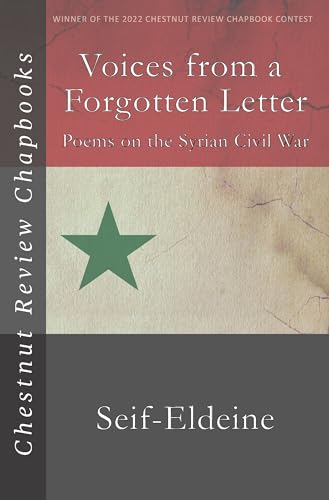This volume deals with a significant issue in light of the many and significant discoveries of ancient sacred or religious texts that were not included in the Jewish or Christian Bibles. Because of the focus in the news media in recent years on those "extra-canonical" books that have come to light in the last century-and even more recently, there is need for clarification of the processes involved in the formation of the Jewish and Christian Bibles. Why were some books included and others excluded? Why were some included initially and subsequently rejected? Was there a church cover-up as some in the media have suggested? As a result of all of this and more, considerable attention is now focused on the use and function of the so-called non-canonical religious texts that are not now a part of the Bibles of various religious communities. Why did the Bible come together? What criteria were used in making decisions about inclusion and exclusion? The proposed volume addresses these questions and others that are critical to a careful understanding of the Jewish and Christian Bibles. The methodology employed in the writing of this book is described below. It is important to take this discussion outside of the scholars' guild and into the hands of the laity, especially those educated college graduates and undergraduates whose interest in this subject has grown over the past twenty or more years. Currently there are no useful volumes on this subject that is geared to them. Scholars continue to talk past them and all too often only to each other about these matters. This volume is designed to fill this void and make the topic more clear for those without the technical academic skills to explore these matters in the ancient languages.


